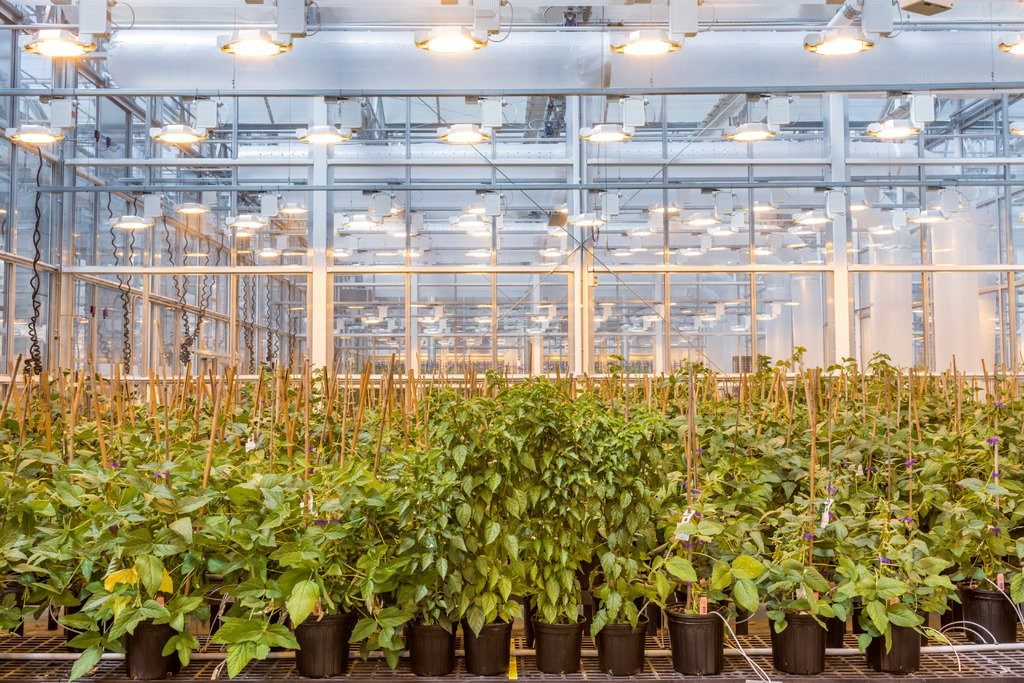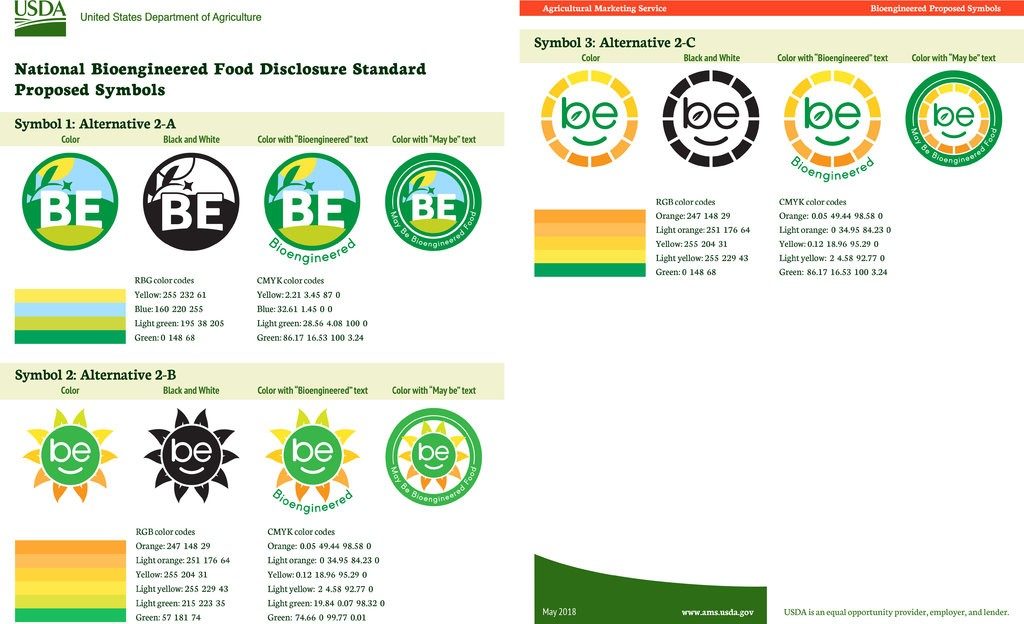
The safety of genetically modified ingredients, widely known as G.M.O.s, remains a source of anxiety for some Americans despite the scientific studies that say they pose no health threat. Many food makers now voluntarily place "No G.M.O.'' labels on their products as a marketing tactic.
Clarifying how genes are altered in the plants and animals we eat, and whether grocery store shoppers should care, has proved to be a heavy lift. But here are a few answers to questions about the proposed labels.
What is a G.M.O.?
The term stands for "genetically modified organism,'' and it has traditionally referred to plants and animals created by altering genes with laboratory techniques in ways that conventional forms of breeding can't, often by inserting genetic material from one species into another.
A gene from a soil bacterium, for instance, makes soybeans immune to a widely used weed killer. A type of papaya has been modified to be resistant to a crippling virus, and corn has been altered to control insects that attack it.
Comment: GMOs 2.0: Next generation of GMOs escapes regulation
There is virtually no regulation of GMOs 2.0 techniques in the U.S. The U.S. Department of Agriculture doesn't consider gene-edited crops such as Cibus's canola and Pioneer's waxy corn as falling under the agency's regulations for genetically engineered crops.
But Orf said the U.S. Department of Agriculture is deciding how GMOs 2.0 crops should be regulated."They're reviewing their process to see if these crops should be regulated on a case-by-case basis or in a general way. These are different technologies doing things in a different way than transgenics."Synthetic biology manufacturers are claiming their products such as vanillin are the same as the natural compounds and consider them to be "generally recognized as safe" or GRAS.
Only a handful of such crops are grown around the world. But some of them, like corn, soybeans and sugar beets, are used in the majority of processed foods that line the aisles of grocery stores, including chips, soda, salad dressing, soups, some breakfast cereals and baked goods. So a lot of foods items stand to bear these labels.
Here, by the way, is a list of common misconceptions about what constitutes a G.M.O.
Why are these guidelines being proposed now?
Major food manufacturers have fought long and expensive battles against G.M.O. labels, worried that they would deter customers - and give an advantage to organic food makers, who lobbied to advance labeling legislation and ballot measures in several states. (Under U.S.D.A. guidelines, organic foods may not contain genetically engineered ingredients.)
In recent years, legislators and consumer groups have stepped up efforts to pass labeling laws, with bills or ballot initiatives appearing in California, Connecticut, Maine, Oregon and Washington. After Vermont became the first state to pass a labeling law, in 2014, food makers faced the expense and logistical hurdles of retooling their packaging for one market - with others potentially on the horizon.
Some manufacturers announced that they would voluntarily place labels on their genetically engineered foods nationwide. Others agreed to push for legislation that would impose a nationwide standard - with provisions like a QR or bar code that consumers could scan with mobile phones, and a term, "bioengineered," that they preferred. Those efforts turned into a federal labeling bill signed into law by President Barack Obama in 2016. The U.S.D.A. then had to determine just what those labels would look like.
What will the proposed labels say?
Instead of the commonly used but somewhat stigmatized terms "G.M.O.'' and "genetically engineered," the guidelines propose labels that say "bioengineered" or "BE." Food makers would be given a choice of three disclosure methods: spelling out the information, as in "contains a bioengineered food ingredient"; using a standard icon (the agency proposed several evoking sun and smiles); or affixing a QR code that directs consumers to a website with more information.
Do the labels cover all genetically engineered foods?
No. New gene-editing technologies let scientists tweak the DNA of plants and animals with great speed and precision, often by deleting a snippet of genetic information, or by inserting a desirable trait from one breed into another of the same species. Crops that contain such changes, which could theoretically be achieved through conventional breeding, or occur through a natural mutation, are excluded from the proposed labels.
The labels may also exempt highly refined sugars and oils, like those made from genetically modified sugar beets and corn, which typically contain no genetic material after being processed. Consumer groups oppose that move, which could significantly curtail the number of foods that carry the label, saying that it's not just what we ingest that matters but how food is produced. Foods whose primary ingredient is non-G.M.O. meat, like beef stew, also don't have to be labeled, even if they contain other genetically engineered ingredients.
Is this a done deal?
Not yet! The public has until July 3 to comment on the proposed guidelines.




Key example (w/o going too deep) - we interrupt the balanced system of foods to extract or assimilate 'vitamins' (vital minerals).
Beat the shit out of said 'vitamins'.
Put them in bottle with a label , for us to ingest into our system.
Although our system may or may not have already been balanced, it is asked to ignore its selective process for getting nutrients.
How do you think that will fare?
What makes GMO different, especially with its poisonous derivatives?
Shalom